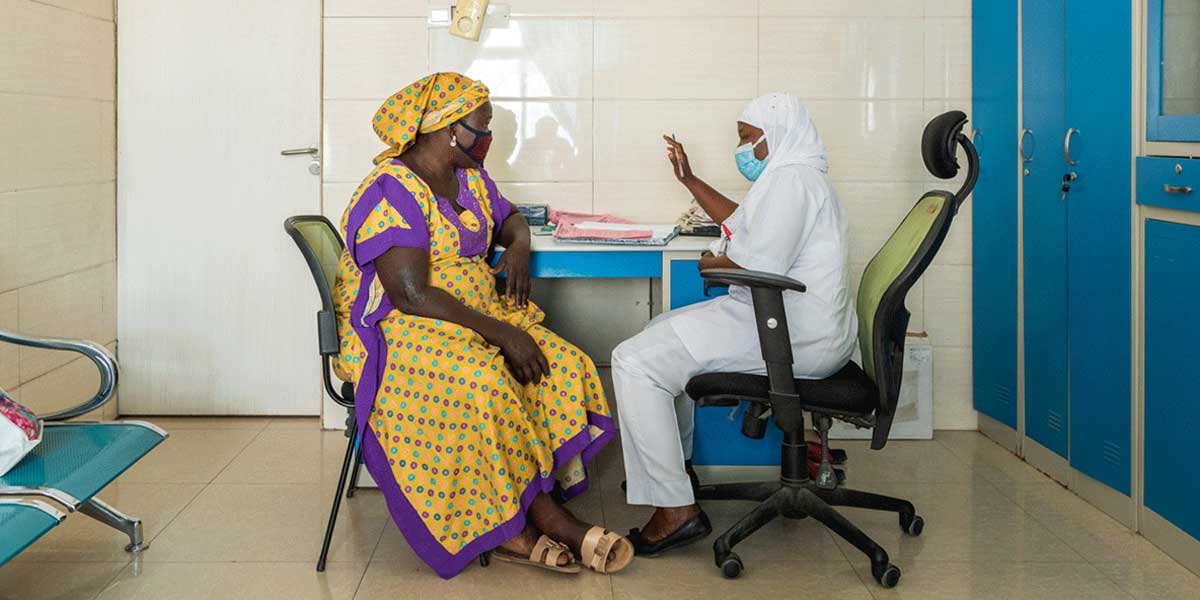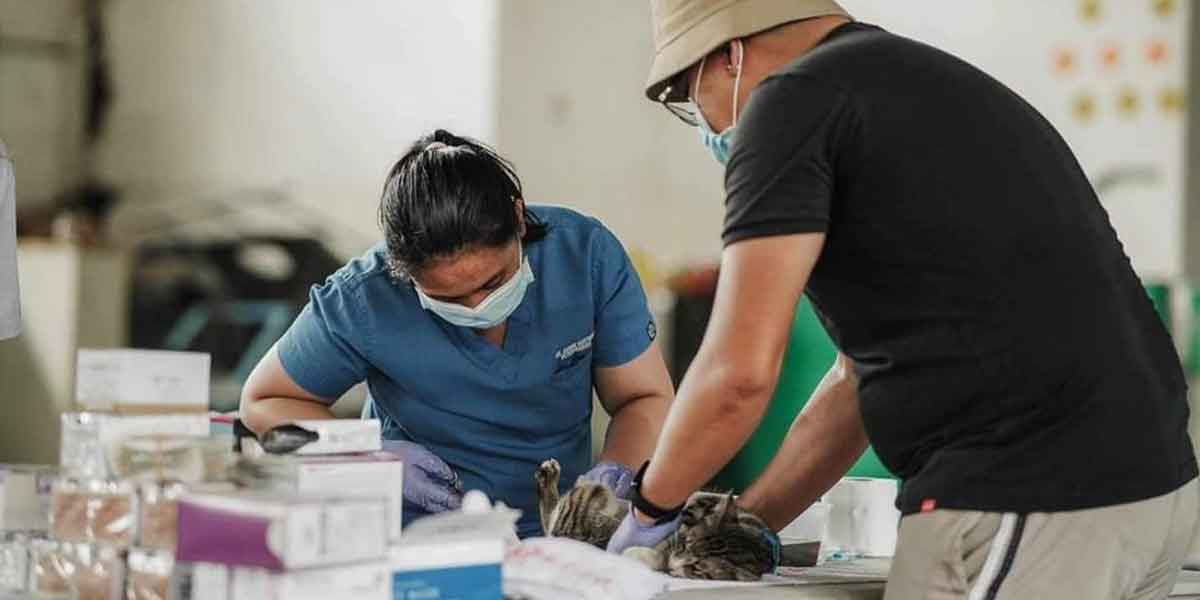
Nigeria: cervical cancer prevention and treatment
By Francis Allan L. Angelo
The World Health Organization (WHO) has unveiled a new Global Breast Cancer Initiative Framework, providing a strategic roadmap to achieve the goal of saving 2.5 million lives from breast cancer by 2040. Launched just before World Cancer Day, the Framework urges countries to adopt its three-pillar strategy: health promotion for early detection, timely diagnosis, and comprehensive management of breast cancer, in order to meet these targets.
Breast cancer is the most common cancer among adults, with over 2.3 million new cases each year. It ranks as the first or second leading cause of cancer deaths among women in 95% of countries. Despite this, survival rates are highly disparate both between and within nations; almost 80% of deaths from breast and cervical cancer occur in low- and middle-income countries.
“Countries with less robust health systems are the least equipped to handle the growing burden of breast cancer. It exerts an enormous toll on individuals, families, communities, health systems, and economies, and thus should be a top priority for health ministries and governments globally,” stated Dr. Tedros Adhanom Ghebreyesus, Director-General of WHO. “We possess the tools and expertise to prevent breast cancer and save lives. WHO is aiding over 70 nations, particularly those with lower incomes, to detect and diagnose breast cancer earlier, treat it more effectively, and offer everyone with breast cancer the prospect of a cancer-free future.”
The impact of women’s cancers, including breast cancer, is devastating and can extend to future generations. A study by the International Agency for Research on Cancer in 2020 suggests that out of the estimated 4.4 million women who died from cancer that year, nearly 1 million children were left orphaned, with breast cancer responsible for a quarter of these cases. Children who lose their mothers to cancer often face long-term health and educational disadvantages, perpetuating cycles of social and economic disruption.
Dr. Bente Mikkelsen, WHO Director for Noncommunicable Diseases, emphasizes, “It’s crucial that countries integrate this framework into primary healthcare. This move not only promotes health but also empowers women to access healthcare throughout their lives. Effective and enduring primary healthcare can pave the way to universal health coverage.”
The new framework adopts proven strategies to construct tailored, economically feasible healthcare systems for breast cancer care in under-resourced settings. It sets forth three pillars of action, each with specific performance indicators:
– Countries should emphasize breast cancer early-detection programs to ensure that at least 60% of cases are diagnosed and treated at an early stage.
– Diagnosing breast cancer within 60 days of initial symptoms can significantly enhance outcomes, with treatment commencing within three months of the first health presentation.
– Managing breast cancer effectively so that at least 80% of patients complete their prescribed treatment regimen.
The swift enactment of WHO’s Global Breast Cancer Initiative has the potential to prevent not only millions of unnecessary deaths from female cancers but also the subsequent intergenerational impacts of these deaths.
In 2017, the World Health Assembly adopted the Resolution on cancer prevention and control within an integrated approach.
Since then, WHO has been developing cohesive initiatives for women’s and children’s cancers, which include calls for the elimination of cervical cancer and a doubling of survival rates for childhood cancers. Collectively, these initiatives aim to reverse the generational damage caused by cancers and to save over a million lives in the coming decade.
WHO is calling upon governments, development partners, industries, and individuals to play their part in narrowing the care gap and ending the generational devastation wrought by cancer.



















